Supply chain has become complicated. Some would say cumbersome. It takes days to make a payment between a manufacturer and a supplier, or a customer and a vendor. Contractual agreements require the services of lawyers and bankers, each of which adds extra cost and delay. Products and parts are often hard to trace back to suppliers, making defects challenging to eliminate.
Regardless of the commodity involved, whether it is equipment, consumer goods, food products, or digital offerings, supply chains have headaches a-plenty.
Friction in the supply chain is a big problem. There are too many go-betweens. There is too much back and forth. The rise in uncertainty stops supply chains from working well. Suppliers, providers, and clients must interact via central third-party entities instead of directly with each other. Ostensibly simple transactions turn into lengthy multi-step procedures.
Blockchain could be the answer to many of these issues. This recent technology is what drives Bitcoin and other so-called cryptocurrencies. However, it goes much further than an unhackable way of holding and exchanging money. Blockchain can manage any form of exchange, agreement, or tracking process. In a supply chain, it can apply to anything from self-executing supply contracts to automated cold chain management.
A Blockchain Primer for Supply Chain
What is blockchain? Here’s a simple explanation. A blockchain is a distributed, digital ledger. The ledger records transactions in a series of blocks. It exists in multiple copies spread over multiple computers, typically known as nodes.
The ledger is secure because each new block of transactions links back to previous blocks in a way that makes tampering practically impossible.
Because it is decentralised, the blockchain ledger does not depend on any single entity (like a bank) for safekeeping. The nodes connected to the blockchain network get updated versions of the ledger every time a new transaction takes place.
The multiple copies of the ledger are the “truth” about every transaction made so far in the blockchain. Any attempt at falsification would mean having to tamper with all the copies at precisely the same moment. The chances of being able to do this in blockchain networks of any useful size are negligible.
Related: Artificial Intelligence is Driving Real Supply Chain Improvement
Bitcoin as an Example of Blockchain
The brief description of blockchain above may seem a bit abstract, so let’s look closer at the real-life example of Bitcoin. Bitcoin is just one way of using blockchain. However, it also happens to be the most well-known example. Bitcoin is a recently invented currency that is separate from any state-controlled fiscal mechanism.
Entirely digital, Bitcoin exists thanks to the distributed ledger of transactions on computers across the world. You can buy Bitcoin from Bitcoin exchanges. You can then use the Bitcoin as currency over the Internet to make and receive payments.
Each payment transaction is added to the ledger, which can be consulted by anyone at any time. Details like the amount, time, and date of each payment are visible, although the identities of participating parties are not. Bitcoin holders therefore usually do not know each other. To deal with this anonymity, Bitcoin uses another distributed mechanism called mining to add blocks of transactions to the ledger in a secure, tamperproof way.
Now, let’s compare with supply chain. The key blockchain features of Bitcoin align with the basic needs for reliability and integrity in a supply chain.
Consensus
All the entities in the chain agree that each transaction is valid. For Bitcoin, that means a transfer of an amount of Bitcoin. For supply chain, it could be payment, warehousing, transport or delivery.
Provenance
The entities in the chain know where each asset originated. They also know who owned it before and at what time. For Bitcoin, the asset is money. For supply chain, assets can be anything from iron ore and wheat to cash, machines, and copyrights.
Immutability
No entity can tamper with an entry in the distributed ledger. It is not possible to erase a Bitcoin transaction. Only a new Bitcoin transaction can reverse the effect of a previous one. Similarly, with blockchain, it would not be possible to falsify a supply-chain payment transaction or the records of inventory, warehousing conditions, delivery times and dates, and so on.
Finality
The copies of the shared ledger all hold the same version of the truth. What works for the Bitcoin network also works for any other blockchain network, supply chain included.
Beyond Bitcoin to Business Blockchain
Bitcoin is a useful way of getting to grips with the blockchain concept. It is also just one particular example. Blockchain for supply chain uses the same four basic principles. However, there can be significant differences in the way these principles are applied.
First, Bitcoin uses “mining” as the way to update and extend the ledger. Mining uses enormous amounts of computer power. It also involves many mining teams over the Internet, each competing to be the one to add the next block to the ledger. Blockchain for business and specifically for supply chain is not obliged to use mining. There are other options for securely updating a business blockchain.
Second, the applications for blockchain in supply chain are far more diverse than making or receiving payments. A large part of this diversity comes from the use of smart contracts.
A smart contract is a software program that uses blockchain to execute an agreement. The program is stored on the blockchain so the smart contract can only function according to its programming. No fraud or other interference is possible.
A smart contract can take input from a ledger and trigger an event. For example, after receipt of a payment as part of a transaction, the smart contract can trigger a delivery. Conversely, if a requirement (such as timely delivery or proper storage) is not met as expected the smart contract can trigger a penalty or similar sanction.
Third-party go-betweens are not necessary for the execution of smart contracts. Manual checking of conditions and events are obsolete endeavours. A software program that runs automatically, using information that is guaranteed by the blockchain to be correct, saves both time and money.






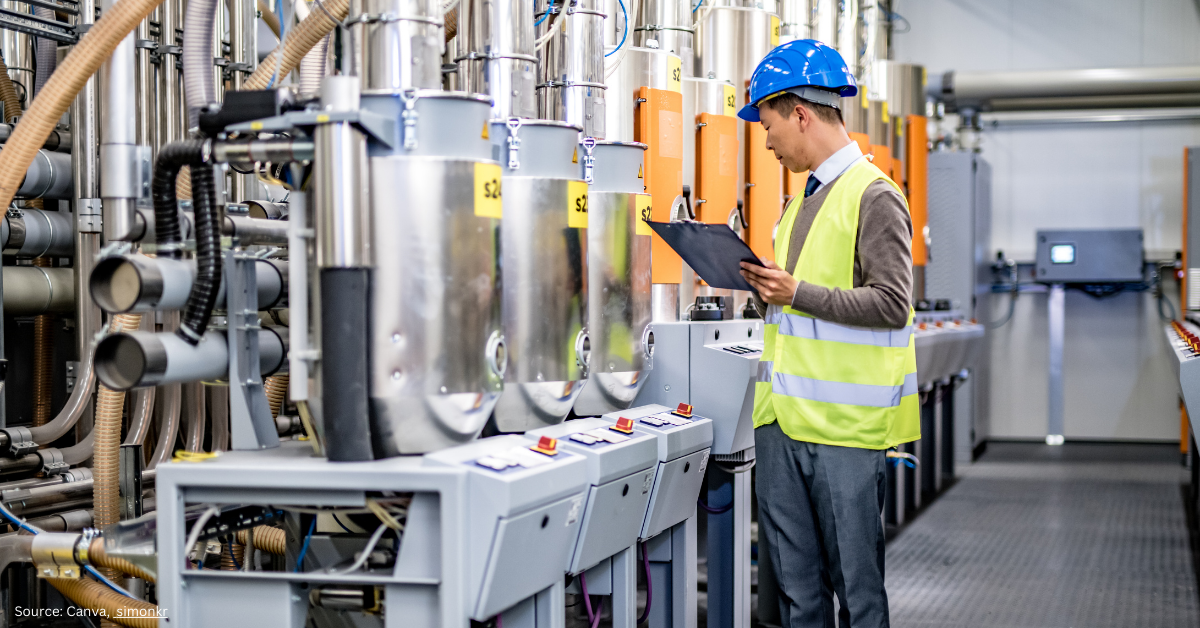





























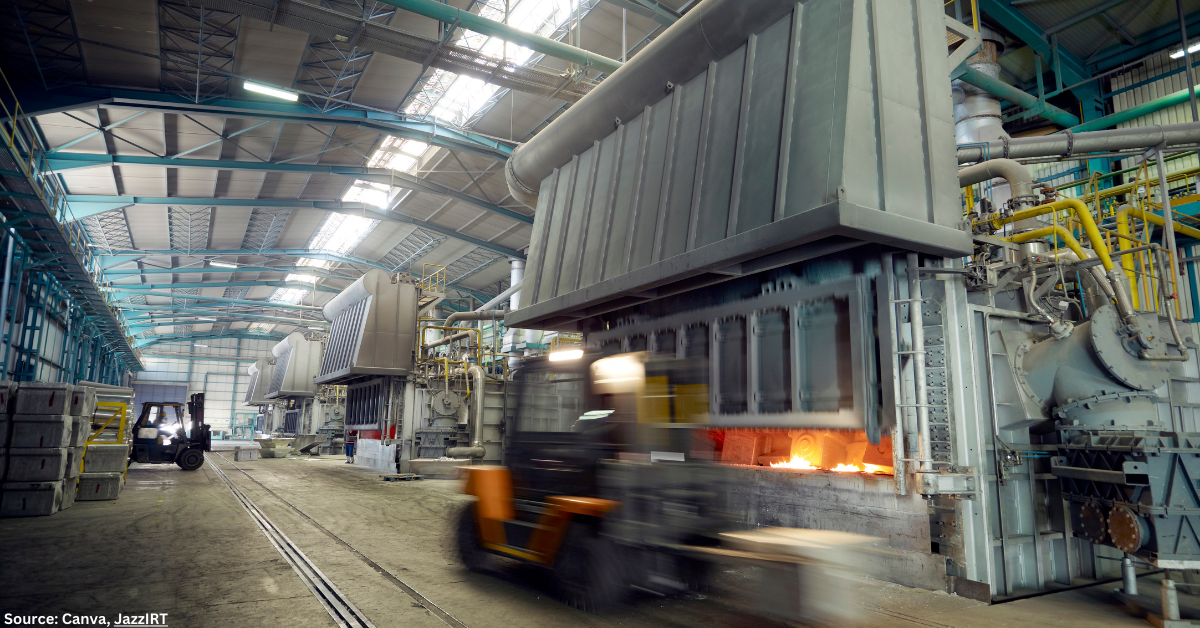
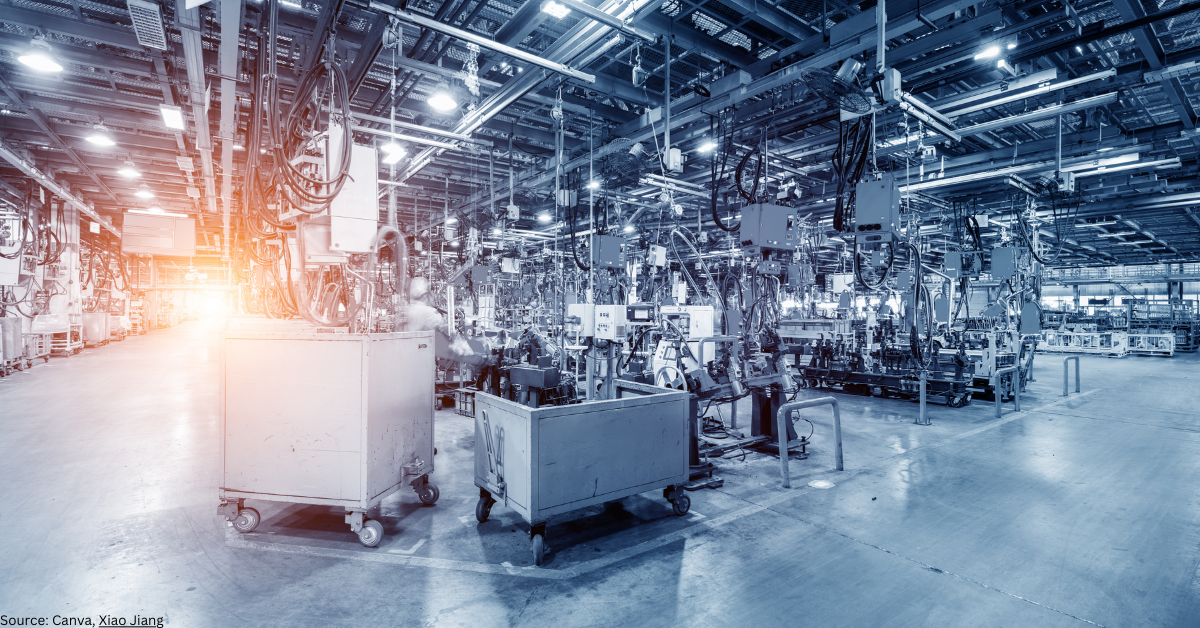
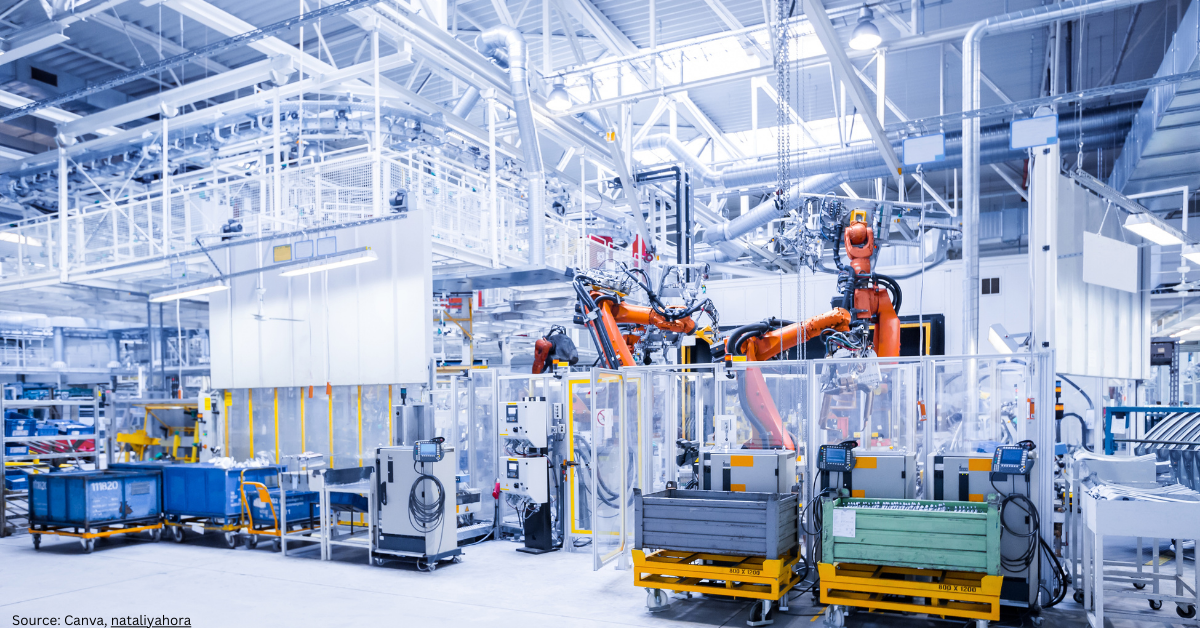







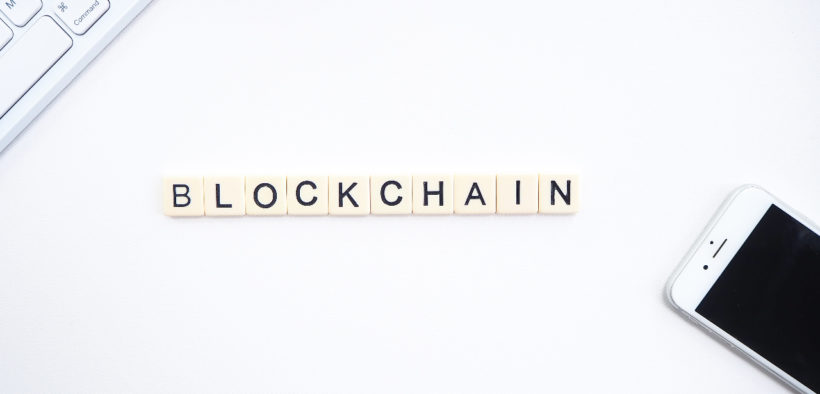














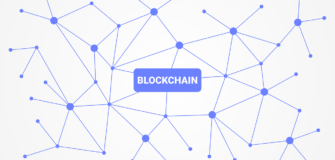
Follow us on social media